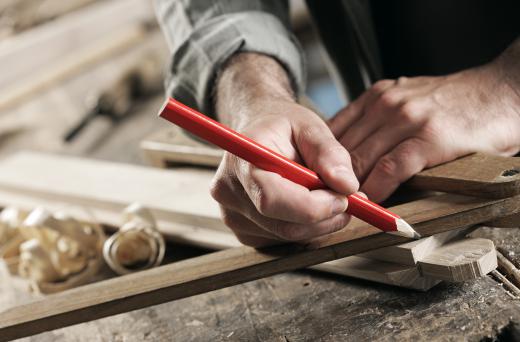Benchwork is a term used to describe any type of labor or work that is managed using a workbench rather than with the use of heavy machinery in a plant setting or in a larger area. The term is also sometimes used to refer to the structures that support finished projects such as model train sets that are set up on a more or less permanent basis. With all applications, the idea is that the labor is completed at a stationary setting rather than relying on machinery to do the job.
In terms of the creation of goods, there are several different examples of benchwork. Carpentry benchwork involves the crafting of different types of furniture or frames for upholstered furniture pieces. Here, the idea behind the benchwork furniture creation is to carefully craft each component by hand, with some pieces built and assembled entirely on the workbench. At other times, the individual pieces are hand crafted as part of the benchwork and assembled at another site.

Benchwork construction is often thought of as being more time-consuming than using machinery to mass produce different types of products. While the process is somewhat slower, proponents of the approach tend to claim that the construction is of a higher quality than can be produced with the use of machines. Others find there is no real difference in the quality of the two approaches, or that the modern use of computer technology as part of the manufacturing process makes it possible to mass produce furniture and similar goods that are superior to products made in a benchwork setting.
As it relates to creating permanent displays for working train model sets, benchwork often involves the task of what is known as track planning. This simply means that the top area of the bench or frame that will support the train set is laid out in terms of where the tracks will be placed and what the surrounding landscape for the presentation will be. In this scenario, the goal is to make sure the benchwork is strong enough to support the presentation for an extended period of time, and that the underside of the supporting structure is accessible, making it possible to install and repair any type of electrical wiring or circuitry that is necessary to the operation of the model trains. This is true whether the train is set up at home as part of a hobby, or if the train is on permanent display at a museum or some other public venue.

